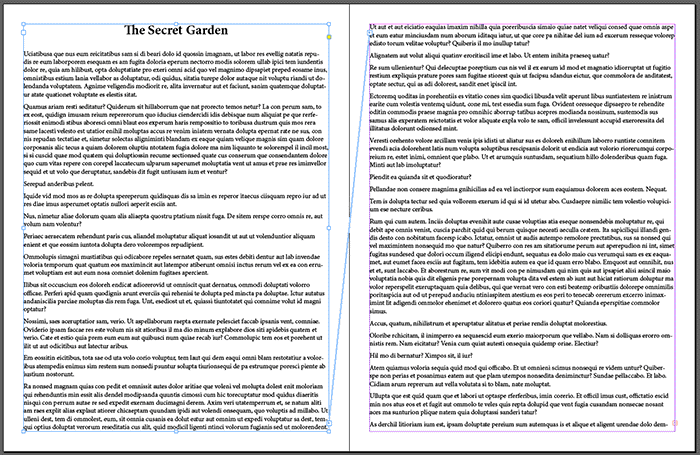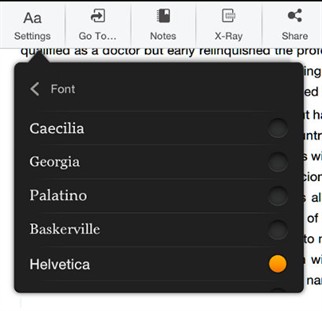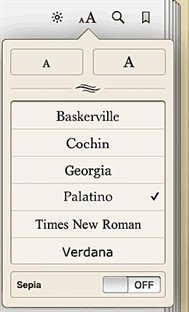Multilingual eBooks: Tips and tricks
Today everyone wants to be an e-Book publisher. People want to publish their own eBook mainly because consumers are increasingly adopting this new way to read books. Even though for several years we have been hearing about digital books, the standard format that everyone is using right now – the ePUB, was officially adopted in September of 2007. With the arrival of the iPad to the market in 2010, this format began to grow at a high rate.
There are many tools out there that claim to be the ultimate for eBook creation. So which one is the best tool to create a multilingual eBook and what are some tips and tricks to help you create eBooks in other languages.
In my opinion the best option for a professional working in the eBook space is Adobe InDesign. This platform is especially handy if you want to publish the eBook in different languages.
Here are some recommendations to avoid problems when publishing your ebook in different languages:
Make the text flow across the entire document
When working with other languages, sometimes you will need to adjust the layout, the order of items, and/or how they appear in sequence. This is due to the fact that when you export your InDesign layout to ePUB, an ePUB is one long flowable document and text needs to flow without any interruption from beginning to end.

Review the tables for optimal conversion
Making tables work correctly in an eBook can be tricky. The first generation of eReader did not always show tables properly. If you have complex tables in your layout, make it simple, try to show information in other ways or create the table as a graphic.
Try to avoid using special and fancy fonts
If you choose special fonts for sure you’re not going to be able to see these fonts on the iPad or on the Kindle or other devices because the eBook readers will use the default fonts to show the content.
You also have the option to embed the fonts you want but you have to make sure that you have a license to use the fonts.
 |
 |
Use a nice image for your cover
Here you can feel free to work with the elements you want because the cover will be images in high-res. My recommendation with covers is to avoid using a lot of text. Remember that the size of the cover inside various eReader libraries are small and people will have trouble reading the very small print anyway.

Tips for your eBook Cover
InDesign gives you different options to generate the cover image for the eBook:
None
If this option is selected no cover image is added to the eBook.
Rasterize First Page
If this option is selected it creates an image file by rasterizing the first page of the eBook to use as the cover.
Choose image
If this option is selected you can specify an image on your computer to use as the cover.
